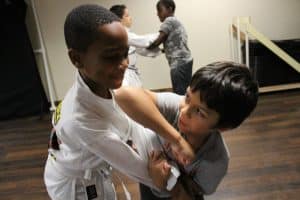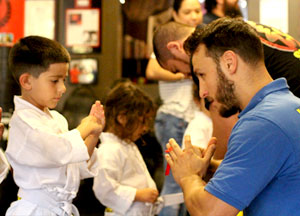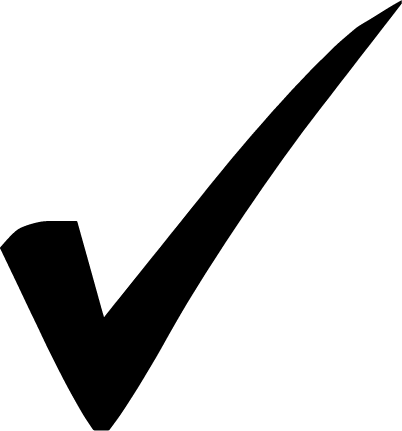There are many steps to Building a Fun Kung Fu Kids Class. You can vary teaching styles based on age, style of martial art, and size of the class. Regardless of these factors there are a few things you can do to make sure that you are running and fun and engaging kids program. These are some of the things we do at the Sifu Och Wing Chun and Just Dance Afterschool and Martial arts Programs.
Building a Fun Kung Fu Kids Class
Discipline
 The very first thing that you must have when running any kids program is a focus on discipline. When the class is smaller, under 15-20 students, it can be easy to slack off give them more leeway. However, if good discipline is not integrated early in the program it will be difficult to maintain that when the class gets closer to 25+. What you must feel is the class energy. If the kids are engaged, following instructions, working hard, there will obviously be a very good energy in the class. On the other hand, if there are children that are whispering to each other, spending too much time fixing a shoe or belt, etc. there will be a hiccups in flow of class. When you feel the flow of energy weakening you must change the class dynamic. But more on that later.
The very first thing that you must have when running any kids program is a focus on discipline. When the class is smaller, under 15-20 students, it can be easy to slack off give them more leeway. However, if good discipline is not integrated early in the program it will be difficult to maintain that when the class gets closer to 25+. What you must feel is the class energy. If the kids are engaged, following instructions, working hard, there will obviously be a very good energy in the class. On the other hand, if there are children that are whispering to each other, spending too much time fixing a shoe or belt, etc. there will be a hiccups in flow of class. When you feel the flow of energy weakening you must change the class dynamic. But more on that later.
 One of the first tricks we to maintain class discipline and structure is using the word discipline itself. When one of our instructors calls “discipline” the entire class responds with “yes sir” and stands at perfect attention. To compliment that you must enforce this and any other rules without hesitation or exception.
One of the first tricks we to maintain class discipline and structure is using the word discipline itself. When one of our instructors calls “discipline” the entire class responds with “yes sir” and stands at perfect attention. To compliment that you must enforce this and any other rules without hesitation or exception.
When we call discipline if any child speaks, doesn’t stand up, or is distracting another student we address it immediately. We enforce this with burpees. To keep the group together we will tell the students to start the burpee by saying “down”. When we say “up” we have them stand back up in discipline and say “yes sir”. This is repeated as many times as necessary until the group is performing this quickly as a unit.
Class Dynamic
 The next aspect we will discuss is the class dynamic. As mentioned earlier you need to feel the energy in class. If you have classes that include children as young as 5 years old you will find that they my struggle more so with paying attention. If you also have a larger class this problem is compounded. To help maintain a fun but focused atmosphere you have to be able to make adjustment quickly. By interchanging combos with a mini work out you can quickly re-engage those who may be distracted. Teaching a basic combo like Jab, uppercut, round house, can be either very fun, or very boring. If you mix it into a fun work out to get the student’s moving you lift the overall energy. For example: if we have the students run in place, switch to high knees, then immediately take a fighting stance. Quickly follow up with the combo two or three times. Then we have them isolate one or two of those techniques and repeat them. The go back to the high knees, or jumping jacks etc. By cycling through different mini workouts, techniques, and other options you can keep the class very exciting.
The next aspect we will discuss is the class dynamic. As mentioned earlier you need to feel the energy in class. If you have classes that include children as young as 5 years old you will find that they my struggle more so with paying attention. If you also have a larger class this problem is compounded. To help maintain a fun but focused atmosphere you have to be able to make adjustment quickly. By interchanging combos with a mini work out you can quickly re-engage those who may be distracted. Teaching a basic combo like Jab, uppercut, round house, can be either very fun, or very boring. If you mix it into a fun work out to get the student’s moving you lift the overall energy. For example: if we have the students run in place, switch to high knees, then immediately take a fighting stance. Quickly follow up with the combo two or three times. Then we have them isolate one or two of those techniques and repeat them. The go back to the high knees, or jumping jacks etc. By cycling through different mini workouts, techniques, and other options you can keep the class very exciting.
 Fun
Fun
The last thing is of course have fun with them. If you as the instructor have an upbeat excited attitude then the students will more than likely emulate that. By embracing your inner child you can usually find new and engaging ways to energize the class. Have fun, maintain discipline, and you will have quite a enjoyable kids class.

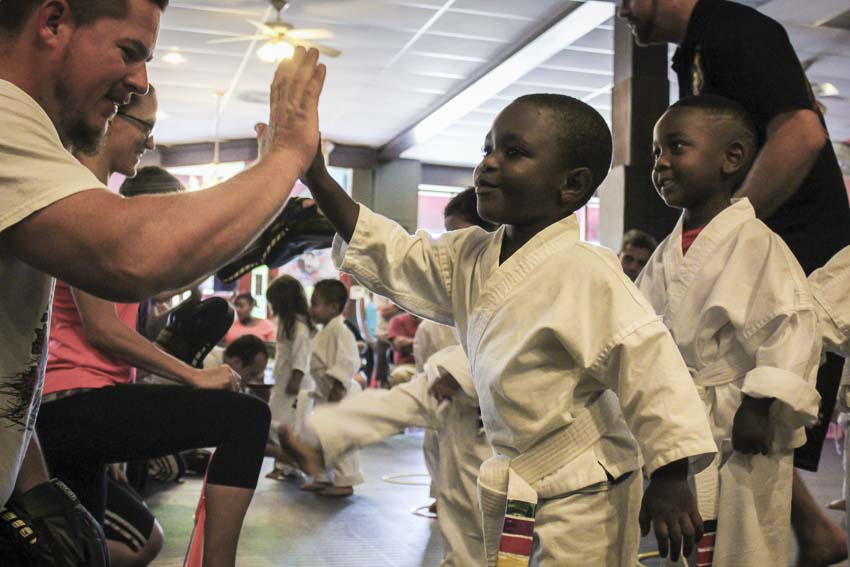
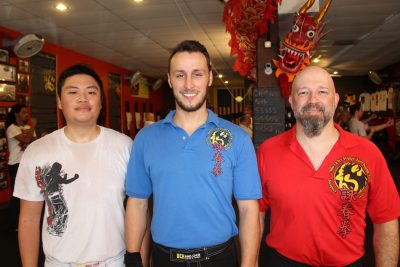
 The beginner class is for those students that are within their first year of training. We typically have one main instructor on the floor who has trained for at least 3 years. He or she helps the new student’s build their fundamentals. The focus of this section of class is to build their immediate ability to stop basic, common attacks. In our article
The beginner class is for those students that are within their first year of training. We typically have one main instructor on the floor who has trained for at least 3 years. He or she helps the new student’s build their fundamentals. The focus of this section of class is to build their immediate ability to stop basic, common attacks. In our article 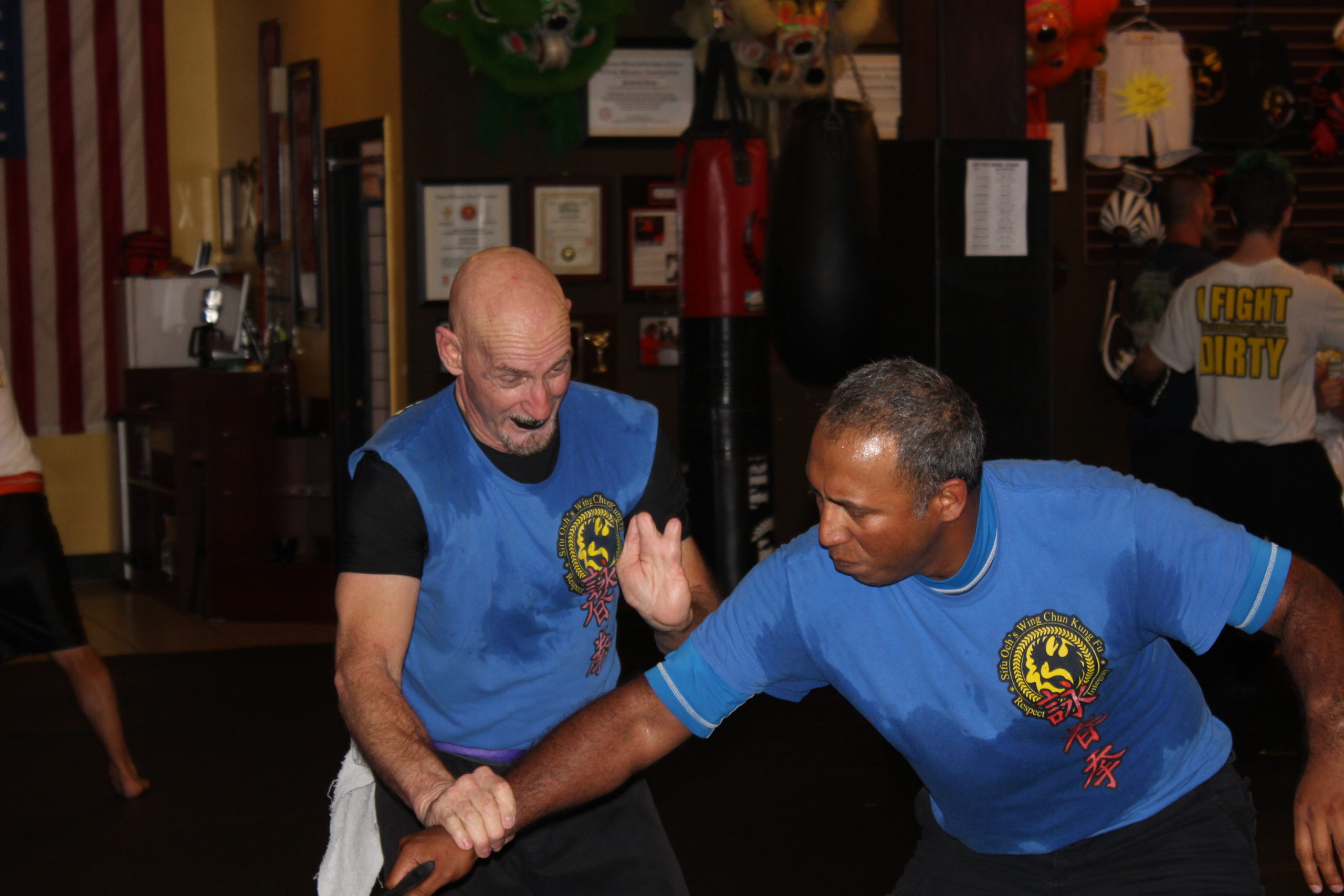


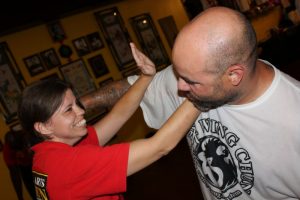
 However, for the new student, Chi Sau may be difficult to use as a tool. You must train Chi Sau to learn structure before using it for reaction. Making sure that you have constant forward energy, balanced strength, and good relaxation can takes weeks to months of hard training.To fill in the gab between sparring and Chi Sau we use wrist against. This is essentially Chi Sau reaction hands without the rolling.
However, for the new student, Chi Sau may be difficult to use as a tool. You must train Chi Sau to learn structure before using it for reaction. Making sure that you have constant forward energy, balanced strength, and good relaxation can takes weeks to months of hard training.To fill in the gab between sparring and Chi Sau we use wrist against. This is essentially Chi Sau reaction hands without the rolling.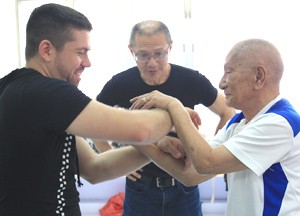 Stage 2 can be equated to the sharpening of the knife. You now have a good solid foundation in your techniques. You know how to apply them and it what situation they should be used. Now we must work to make them stronger, easier, more efficient. This is the perfect place for Chi Sau and Wooden Dummy. With the correct context in mind when applying the techniques, the refinement of them now has a purpose.
Stage 2 can be equated to the sharpening of the knife. You now have a good solid foundation in your techniques. You know how to apply them and it what situation they should be used. Now we must work to make them stronger, easier, more efficient. This is the perfect place for Chi Sau and Wooden Dummy. With the correct context in mind when applying the techniques, the refinement of them now has a purpose.





 The first thing that must be done is to establish a line of discipline with the student’s. Without discipline there will be utter chaos in the class. No matter how fun the class is there will always be some sort of disruption. In my article
The first thing that must be done is to establish a line of discipline with the student’s. Without discipline there will be utter chaos in the class. No matter how fun the class is there will always be some sort of disruption. In my article 
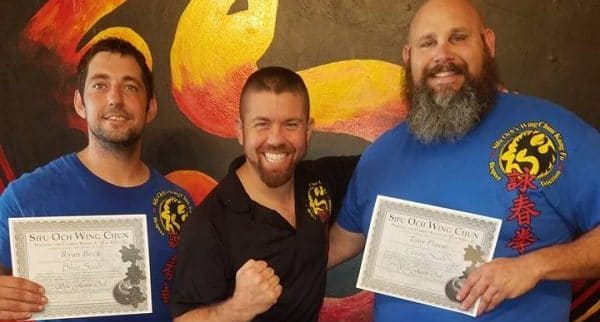
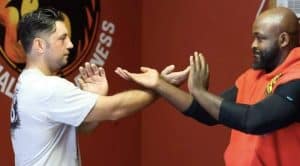 When I first started training with Sihing Garret in Tampa, I was the only regular student. His boxing background, plus his time training in Wing Chun really set his skills apart. After the first class, I told myself, that no matter what, I would commit to training for at least one year, at that point I would re-evaluate. Not even two months later, I came to the realization that Wing Chun was in my soul and I was hooked.
When I first started training with Sihing Garret in Tampa, I was the only regular student. His boxing background, plus his time training in Wing Chun really set his skills apart. After the first class, I told myself, that no matter what, I would commit to training for at least one year, at that point I would re-evaluate. Not even two months later, I came to the realization that Wing Chun was in my soul and I was hooked. The only limitation Wing Chun has to personal growth, is people’s willingness to grow. It’s not always easy to train. Let’s be honest, it’s hard work. After a long and hot day at my job, I don’t always want to train. We can always find a reason. I will never forget my Sifu once said, “instead of an excuse, just say it’s not a priority.” This is something I strive to apply to all aspects of my life. The interesting part is that once I am at class, I am always glad that I went. This is true in life, it’s never as bad as we thought it was going to be.
The only limitation Wing Chun has to personal growth, is people’s willingness to grow. It’s not always easy to train. Let’s be honest, it’s hard work. After a long and hot day at my job, I don’t always want to train. We can always find a reason. I will never forget my Sifu once said, “instead of an excuse, just say it’s not a priority.” This is something I strive to apply to all aspects of my life. The interesting part is that once I am at class, I am always glad that I went. This is true in life, it’s never as bad as we thought it was going to be.


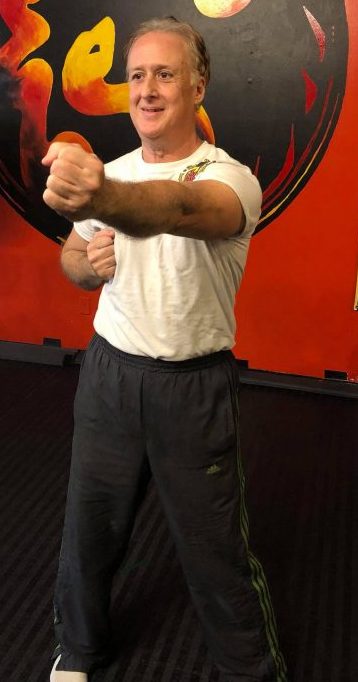
 If anybody is in the 40s or 50s age and would like to learn some self-defense they should not hesitate. They should come down to Sifu Och and start their own journey! Your age shouldn’t hold you back. I’m 58 but that is just a number. I don’t allow that to be an excuse to not learn something new. Life can be very hard. And many times you want to just give up. But the wonderful things in life take some time to learn.
If anybody is in the 40s or 50s age and would like to learn some self-defense they should not hesitate. They should come down to Sifu Och and start their own journey! Your age shouldn’t hold you back. I’m 58 but that is just a number. I don’t allow that to be an excuse to not learn something new. Life can be very hard. And many times you want to just give up. But the wonderful things in life take some time to learn. Sal shows that now matter your age you can accomplish anything with hard. Day after day Sal comes into class and puts in a hard days training. Starting from private lessons he has been able to work himself into the group classes. The most impressive thing about Sal is his determination. He doesn’t care about belts, or awards, or flashy techniques. He simply wants to know that he can take care of himself. Each day he comes in and builds himself from the last class.
Sal shows that now matter your age you can accomplish anything with hard. Day after day Sal comes into class and puts in a hard days training. Starting from private lessons he has been able to work himself into the group classes. The most impressive thing about Sal is his determination. He doesn’t care about belts, or awards, or flashy techniques. He simply wants to know that he can take care of himself. Each day he comes in and builds himself from the last class.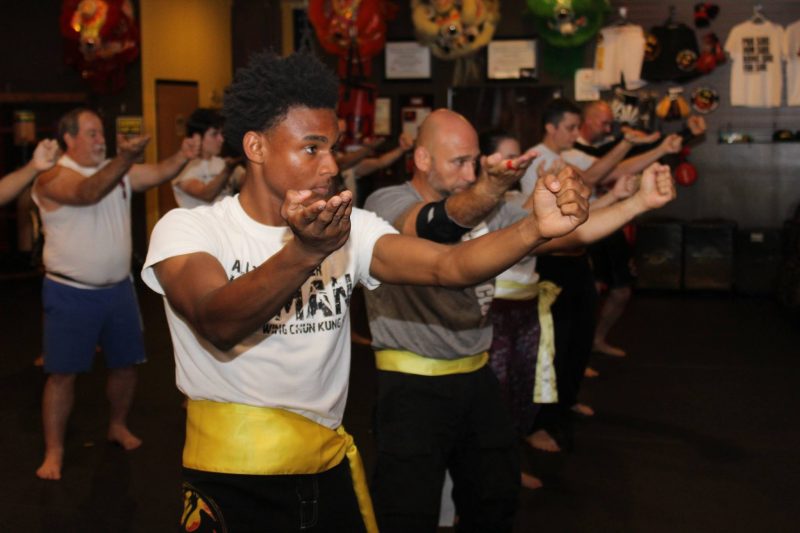
 As years went on I became a black belt at the same martial arts school but under a different instructor who’s name is Master Gary Hernandez. Around that time is when I watched the first Ip man movie. That’s when I wanted to start to learn any new style of Kung Fu, but Wing Chun in particular. Something terrible occurred I was working towards my 2nd degree black belt. A near fatal incident happened to my mother and now ex-stepfather. Once that happened, my training drastically went downhill. I wasn’t wanting to throw a single punch or block a single strike.
As years went on I became a black belt at the same martial arts school but under a different instructor who’s name is Master Gary Hernandez. Around that time is when I watched the first Ip man movie. That’s when I wanted to start to learn any new style of Kung Fu, but Wing Chun in particular. Something terrible occurred I was working towards my 2nd degree black belt. A near fatal incident happened to my mother and now ex-stepfather. Once that happened, my training drastically went downhill. I wasn’t wanting to throw a single punch or block a single strike.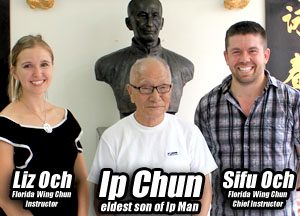 One of the many reasons why I love to train at this particular school is because of the authenticity of the Wing Chun that is being taught. There’s no place else like it, and there’s no other place that you can learn wing Chun from one person that’s been certified under multiple lineages. So far what I’ve gained and hope to continue gaining is the realness of Wing Chun and how the principles of Wing Chun affect more than just a persons martial art aspect, but also different aspects of every day life and activities. I’ve also learned and have gained many different techniques that is and will be always important to any true martial artist.
One of the many reasons why I love to train at this particular school is because of the authenticity of the Wing Chun that is being taught. There’s no place else like it, and there’s no other place that you can learn wing Chun from one person that’s been certified under multiple lineages. So far what I’ve gained and hope to continue gaining is the realness of Wing Chun and how the principles of Wing Chun affect more than just a persons martial art aspect, but also different aspects of every day life and activities. I’ve also learned and have gained many different techniques that is and will be always important to any true martial artist.  Lastly, one thing I’ve gained since I’ve signed up at Sifu Och’s Wing Chun is the love and care that he provides and all of his students. Anyone who signs up will be able to experience the greatness and directness and effectiveness of Wing Chun. They will also be able to see how family oriented the school and the atmosphere is. They will also how hard and dedicated all the students are to their training.
Lastly, one thing I’ve gained since I’ve signed up at Sifu Och’s Wing Chun is the love and care that he provides and all of his students. Anyone who signs up will be able to experience the greatness and directness and effectiveness of Wing Chun. They will also be able to see how family oriented the school and the atmosphere is. They will also how hard and dedicated all the students are to their training.








 My first impression of Tampa Wing Chun Kung Fu is the dedication and friendliness of the instructor, Garret Brumfield. He took the time to explain the basic moves and concept of Wing Chun, helping the students to have a better understanding of Wing Chun. He created a friendly environment which is built upon the enthusiasm of Wing Chun and the respect for each other. Over the past year, my strength and health have improved significantly due to Wing Chun. Garret has always pushed me to work harder not just in Wing Chun technicians but also other aspects such as strength, cardio, and endurance.
My first impression of Tampa Wing Chun Kung Fu is the dedication and friendliness of the instructor, Garret Brumfield. He took the time to explain the basic moves and concept of Wing Chun, helping the students to have a better understanding of Wing Chun. He created a friendly environment which is built upon the enthusiasm of Wing Chun and the respect for each other. Over the past year, my strength and health have improved significantly due to Wing Chun. Garret has always pushed me to work harder not just in Wing Chun technicians but also other aspects such as strength, cardio, and endurance.
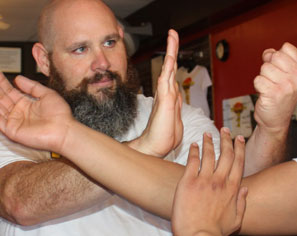 have spent the last year training with Sihing Garret and I have noticed improvements in myself. Garret emphasizes physical training at the beginning of each class. I have improved muscle tone and stamina. Wing Chun techniques taught to me have improved my reflexes much to my surprise. Not just in wrist against wrist but in everyday applications. I react to things such as doors flying at my face. I caught one once with a Jum Sau action. The lady next to me said “Wow! That was like a ninja!”. I also catch the items knocked off shelves with a lot more ease.
have spent the last year training with Sihing Garret and I have noticed improvements in myself. Garret emphasizes physical training at the beginning of each class. I have improved muscle tone and stamina. Wing Chun techniques taught to me have improved my reflexes much to my surprise. Not just in wrist against wrist but in everyday applications. I react to things such as doors flying at my face. I caught one once with a Jum Sau action. The lady next to me said “Wow! That was like a ninja!”. I also catch the items knocked off shelves with a lot more ease. The wrist against wrist drill has helped my sensitivity improve into reaction. It has given me more confidence in handling myself. I always knew my normal movements gave me power. But now I am learning to channel that power more efficiently through stance and technique. I am more confident that I’m more prepared for situations when I’m out on the town or at work. I believe there are many applications I could have used previously in my life as a football player. Namely the footwork and center line punch drill. Both would have greatly helped me as an offensive lineman and coach. It also adds to my overall scariness.
The wrist against wrist drill has helped my sensitivity improve into reaction. It has given me more confidence in handling myself. I always knew my normal movements gave me power. But now I am learning to channel that power more efficiently through stance and technique. I am more confident that I’m more prepared for situations when I’m out on the town or at work. I believe there are many applications I could have used previously in my life as a football player. Namely the footwork and center line punch drill. Both would have greatly helped me as an offensive lineman and coach. It also adds to my overall scariness.
 To really learn self defense you must embrace it as a lifestyle. The same thing that is said about being healthy is true here. If you “go on a diet” you will eventually go back to your un-healthy ways. You must change how you live as a whole. You must become a healthy person. They choices you make a the grocery store, restaurants, and gym time. This is who you are and what you do. Not an activity you participate in for a few weeks. The same is exactly true in training self defense.
To really learn self defense you must embrace it as a lifestyle. The same thing that is said about being healthy is true here. If you “go on a diet” you will eventually go back to your un-healthy ways. You must change how you live as a whole. You must become a healthy person. They choices you make a the grocery store, restaurants, and gym time. This is who you are and what you do. Not an activity you participate in for a few weeks. The same is exactly true in training self defense. All 3 take time to develop in reference to a technique. But the most important thing is they must be maintained. If you do not keep up your training then you will NOT BE ABLE to respond to a threatening situation. Reacting to an attack takes split second reflexes as well as a situational awareness that maximizes your time. You may remember techniques from your training time but applying them quick enough will be very hard to accomplish.
All 3 take time to develop in reference to a technique. But the most important thing is they must be maintained. If you do not keep up your training then you will NOT BE ABLE to respond to a threatening situation. Reacting to an attack takes split second reflexes as well as a situational awareness that maximizes your time. You may remember techniques from your training time but applying them quick enough will be very hard to accomplish.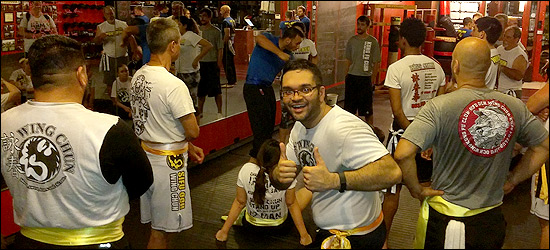
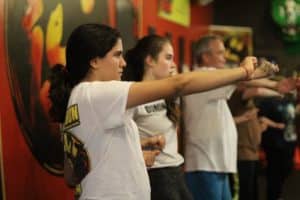 The first stage of training begins with programing. This is exactly like installing a new system into a computer. It takes time. When a new technique is shown it comes with a new set of motor functions the body is not used to. To overcome this the body needs time to “program” the new function into the “hard-drive”. Some students are more prone to certain techniques. Maybe they grew up doing a certain sport that had a similar movement to what they are learning now.
The first stage of training begins with programing. This is exactly like installing a new system into a computer. It takes time. When a new technique is shown it comes with a new set of motor functions the body is not used to. To overcome this the body needs time to “program” the new function into the “hard-drive”. Some students are more prone to certain techniques. Maybe they grew up doing a certain sport that had a similar movement to what they are learning now. Secondly, after you have learned what the new technique is and how to perform it you must learn WHEN to perform it. This is called application. One technique can have many applications and then variations from that original. Applying the technique must also be treated like the programing because you are learning how to time it against an attack. You must be attacked over and over again to get the timing down.
Secondly, after you have learned what the new technique is and how to perform it you must learn WHEN to perform it. This is called application. One technique can have many applications and then variations from that original. Applying the technique must also be treated like the programing because you are learning how to time it against an attack. You must be attacked over and over again to get the timing down.
 Fast forward to the important part, the year 2009 when the film Ip Man was released in the united states red box system, I was helping my grandpa move when he out of kindness decided to rent a movie for me and my brother. He casually strolls in and I will never forget what he said “you Know you guys have worked real hard and I wanted to show a small gesture of appreciation, I know you both love martial arts so I saw a film on Bruce lee’s master in red box and thought it would be interesting for you to check out.”
Fast forward to the important part, the year 2009 when the film Ip Man was released in the united states red box system, I was helping my grandpa move when he out of kindness decided to rent a movie for me and my brother. He casually strolls in and I will never forget what he said “you Know you guys have worked real hard and I wanted to show a small gesture of appreciation, I know you both love martial arts so I saw a film on Bruce lee’s master in red box and thought it would be interesting for you to check out.” First note I am going to touch on is the benefits of the training I receive from Tampa Wing Chun and Lakeland Wing Chun with my martial arts growth. When I began a little over a year ago I was nervous when entering a physical confrontation, however from the moment I joined (Like literally Day One) I was put into wrist vs wrist. This automatic exposure with the accommodations of the further advanced students I could not only overcome the fear but also conquer it. Now I love sparring and wrist vs wrist.
First note I am going to touch on is the benefits of the training I receive from Tampa Wing Chun and Lakeland Wing Chun with my martial arts growth. When I began a little over a year ago I was nervous when entering a physical confrontation, however from the moment I joined (Like literally Day One) I was put into wrist vs wrist. This automatic exposure with the accommodations of the further advanced students I could not only overcome the fear but also conquer it. Now I love sparring and wrist vs wrist.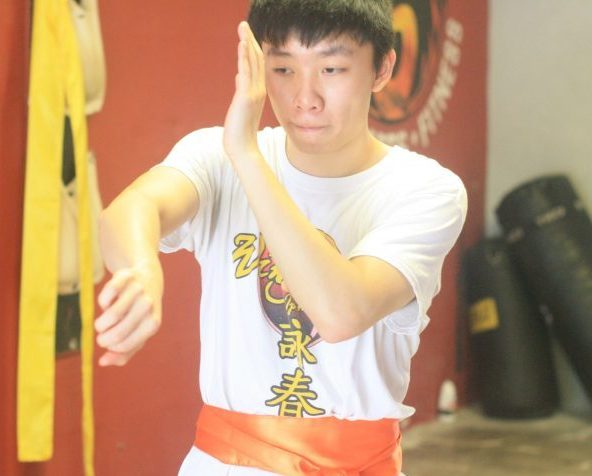
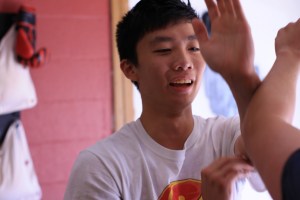
 Bui Sao Punch
Bui Sao Punch



